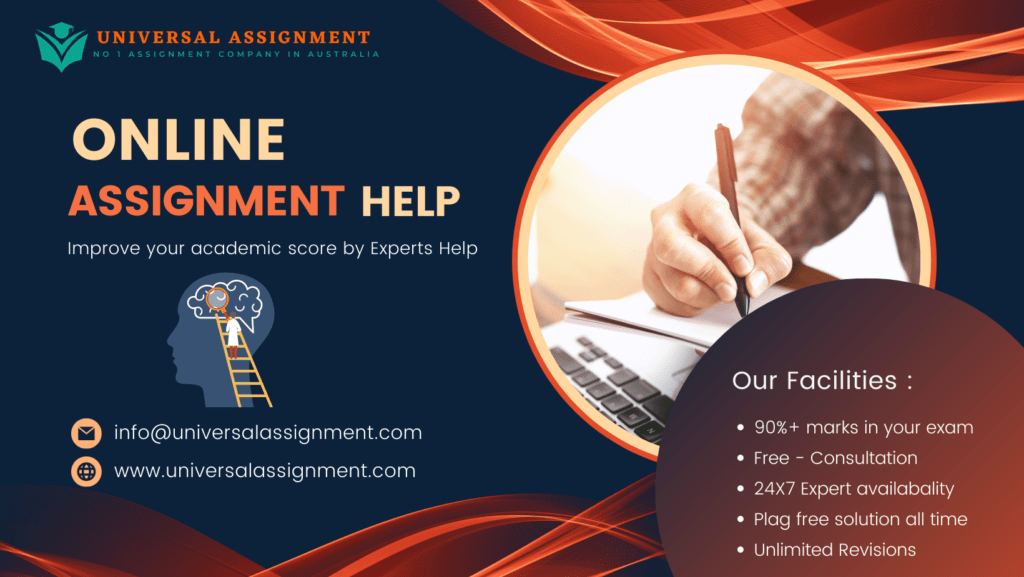
With this example from the discussion board, you can see Courtney answered the question with all four elements very clearly. This gives a coherent answer using different kinds of information and academic integrity.
Bias is a natural behaviour of tendency to be in favour or against something in particular. From watching Kandola’s (2013) video and observing the three ways of holding bias; noticing difference, interpretation or ‘priming’ and socialising/groups, I can understand and relate to the ways I hold bias in my own life. By completing the IAT (Implicit Association Test) on age, my self-reflection before completing the test was, I would have a slight preference towards younger people than older. My results suggested a moderate automatic preference to younger people over older. I feel the bias I relate strongly to is noticing difference (Kandola 2013) from this test, I generally relate to younger people and feel more of a connection than with older people as I believe I am in the young adult age range. Growing up in a remote community we rarely had people of different cultures and really only associated with people our own age so never truly understood my bias traits. Only since my professional working life and working with a diverse range of people (age, race, genders and physical differences) have I accepted to change my bias behaviours. “Choice is always an option, as well as an ethical responsibility and a pedagogical opportunity” (Cummins, 2009) resonates with me as I have choices in my bias behaviours. As Kandola mentions we need to educate ourselves and tell ourselves to not take a bias opinion and be a role model for other people. Each day I will remind myself that being an educator I will be a role model for my students to accept differences, interpretations and groups.
| Topic sentence The main idea of the paragraph : | Bias is a natural behaviour of tendency to be in favour or against something in particular. |
| Explanation/ Example (your observation / example of the concept in your life) | From watching Kandola’s (2013) video and observing the three ways of holding bias; noticing difference, interpretation or ‘priming’ and socialising/groups, I can understand and relate to the ways I hold bias in my own life. By completing the IAT (Implicit Association Test) on age, my self-reflection before completing the test was, I would have a slight preference towards younger people than older. My results suggested a moderate automatic preference to younger people over older. I feel the bias I relate strongly to is noticing difference (Kandola, 2013) from this test, I generally relate to younger people and feel more of a connection than with older people as I believe I am in the young adult age range. Growing up in a remote community we rarely had people of different cultures and really only associated with people our own age so never truly understood my bias traits. Only since my professional working life and working with a diverse range of people (age, race, genders and physical differences) have I accepted to change my bias behaviours. |
| Evidence (in -text reference to support your idea, paraphrased or direct quote with a page number) | From watching Kandola’s (2013) video I feel the bias I relate strongly to is noticing difference (Kandola, 2013)IAT (Implicit Association Test)“Choice is always an option, as well as an ethical responsibility and a pedagogical opportunity” (Cummins, 2009, p. %) resonates with me as I have choices in my bias behaviours. As Kandola mentions we need to educate ourselves and tell ourselves to not take a bias opinion and be a role model for other people. |
| Link (back to main idea; your principle for that capability) | Each day I will remind myself that being an educator I will be a role model for my students to accept differences, interpretations and groups. |
Reference list additions (ideally at the end of all 4 paragraphs):
Cummins, J. (2009) Pedagogies of choice: challenging coercive relations of power in classrooms and communities, International Journal of Bilingual Education and Bilingualism, 12:3, 261-271, DOI: 10.1080/13670050903003751
Harvard University (2011). Implicit Association Test (IAT). Project Implicit.
Kandola, B. (2013). Day of learning 2013 – Binna Kandola: Diffusing Bias [Video].
Use the blank template to organise your answers.
| Topic sentence The main idea of the paragraph : | |
| Explanation/ Example (your observation / example of the concept in your life) | |
| Evidence (in -text reference to support your idea, paraphrased or direct quote with a page number) | |
| Link (back to main idea; your principle for that capability) |

Get expert help for Paragraph Template: TEEL Structure and many more. 24X7 help, plag free solution. Order online now!

